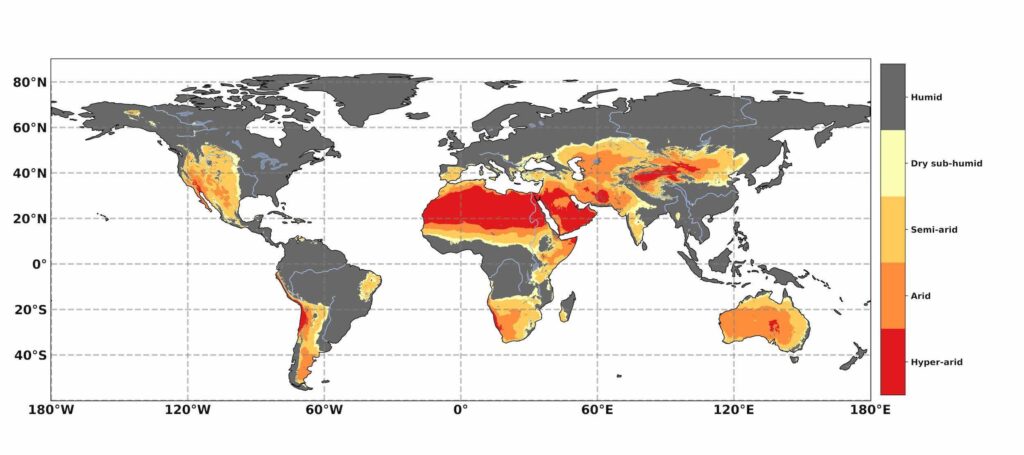Exploring the Interplay of Aridity, Drought, and Nutrient Dynamics in Grassland Ecosystems
Recent findings published in Nature illuminate the complex interactions among aridity, drought conditions, and nutrient dynamics within grassland ecosystems. As climate change exacerbates fluctuations in precipitation and temperature, it becomes increasingly vital to comprehend how these elements affect plant biomass. The research indicates that heightened aridity plays a crucial role in shaping grassland responses to simultaneous drought and nutrient supplementation. This suggests that increased dryness can diminish the effectiveness of nutrient inputs on vegetation growth. With drylands expanding globally and concerns over nutrient depletion rising, these insights are essential for developing ecosystem management strategies aimed at countering climate change impacts on critical grassland habitats.
The Role of Aridity in Grassland Resilience Amidst Stressors
The intricate relationship between aridity levels, drought occurrences, and nutrient availability poses significant challenges for grasslands’ resilience. Recent studies reveal that increased arid conditions intensify the effects of combined stressors like drought alongside nutrient addition. This complicates traditional biomass response models by diminishing the positive effects typically associated with nutrient enrichment during dry spells. The stark differences between wet and dry seasons necessitate a reassessment of management practices as ecosystems strive to sustain productivity amid escalating climate variability.
Several key factors influencing this resilience include:
- Soil Moisture Content: Crucial for effective nutrient absorption and overall plant vitality.
- Diversity Among Plant Species: A higher variety enhances resistance against environmental pressures.
- Nutrient Cycling Processes: Influenced by moisture levels which determine how added fertilizers are utilized.
| Stress Factors | Biomass Response During Wet Conditions | Biomass Response During Dry Conditions |
|---|---|---|
| Drought Alone | Elevated photosynthetic activity observed | Dramatic decline in biomass noted |
| Nutrient Supplementation | Promotes growth and enhances resilience levels | |
| tr > tr > | ||
| Combined Drought & Nutrient Supplementation | td >< td >Minimal effect; potential decrease observed | tr >
|
| Nutritional Type | th >< th >Biomass Response (g/m²)< th > th >< th>Drought Severity Level | th > tr > |
|---|---|---|
